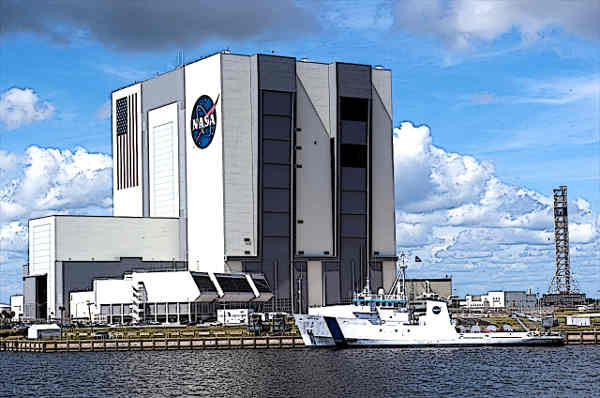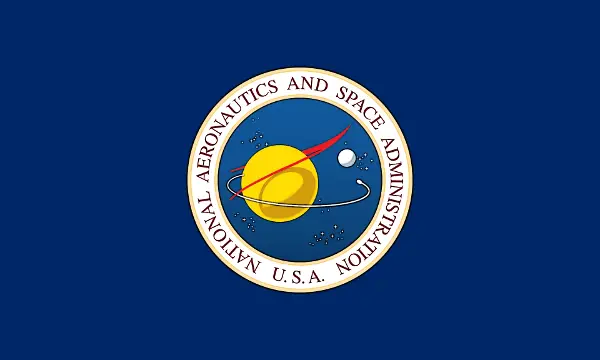Formation of NASA
The National Aeronautics and Space Administration, or NASA, is an agency of the United States government. It is also the leading space agency in the world. NASA evolved from a previously existing agency, NACA. It came into being at a time when the space race between United States and Soviet Union was at its peak. The establishment of NASA laid the foundations of a firm, well-funded and world-leading space agency.

Background
United States had been officially exploring the possibilities of aeronautics since early 20th century. The National Advisory Committee for Aeronautics, or NACA, was established for this purpose in 1915. NACA remained an important part of the American aeronautics research until the middle of the century.
It played a vital role in ensuring American air supremacy during World War II. However, as the Space Race warmed up, United States realized that it needed a more robust space agency.
The Space Race
Soon after World War II, the Cold War began involving United States, Soviet Union and their respective allies. The Space Race was a part of the Cold War.
Both the Soviet Union and United States sought to create cutting-edge aeronautics and space solutions. Each hoped to outdo the other and first attain supremacy in the space. Although NACA led the effort in United States, Soviet Union was able to outdo United States initially by successfully launching Sputnik I.

Sputnik I and NASA
In 1957, Soviet Union launched Sputnik I. This became the first satellite of its kind to orbit the earth. The launch and success of Sputnik I took the Americans by complete surprise. There were fears that Soviet Union’s new space capabilities would enable it to attack the United States.
The very next year, U.S. Congress established NASA which transitioned from NACA. The new space agency dedicated itself to space-related research. The very same year, Explorer I was launched by the United States which successfully orbited the Earth.
The Mission to Land on the Moon
Under the leadership of President John F. Kennedy, NASA was set the goal of landing a man on the moon. United States hoped to decisively defeat Soviet Union in the Space Race through such an accomplishment.
President Kennedy set the goal in 1961 and directed NASA to make it happen within a decade. In 1969, NASA successfully landed Apollo 11 on the moon. Neil Armstrong became the first person to step on the moon. United States became the leader in the Space Race.
Setbacks and Progress
Since its creation, NASA has suffered a number of tragic setbacks. However, these haven’t deterred the space agency from continuing to innovate in space-related research. Notable setbacks include the explosions of the Challenger space shuttle in 1986 and the Columbia shuttle in 2003.
The agency has played a central role in the establishment of the International Space Station. It now has the mission of establishing a permanent human presence on the moon by the end of this decade. The agency remains the most well-funded and prestigious space agency in the world.

